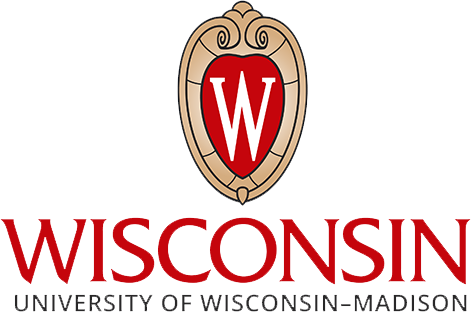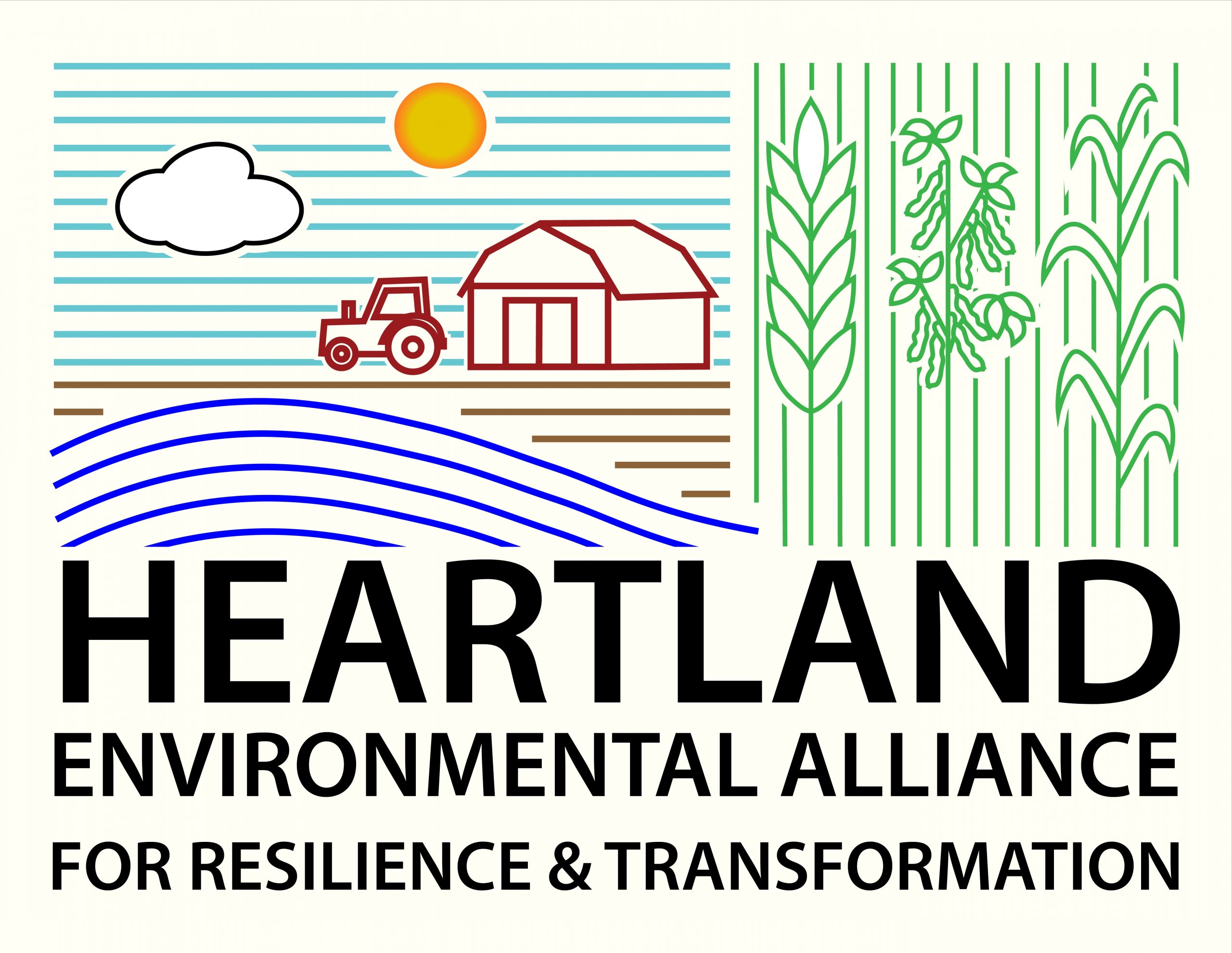Motivation
Preamble
The region of the United States situated between the Appalachians and Rockies, commonly referred to as the “Heartland” plays important roles in the economy and national security of the Nation. The Heartland serves as the ‘Breadbasket’ of the Nation, accounting for more than 60% of U.S. agricultural production, home to the nation’s largest aquifer, the Ogallala, as well as three major river systems, the Missouri, Mississippi and Ohio. Over the past two decades, this region of the country has experienced an uptick in numerous climatic extremes that have been, at least be partially, tied to our changing planet: extreme drought, derechos, flooding, crippling blizzards, extreme smoke and air pollution, extreme heat/cold, significant declines in groundwater, rapid changes in lake levels, and back-to-back years with record low streamflow values on the nation’s most important and iconic river. These events are not just expensive to businesses and governments alike. They represent a direct impact to the lives and livelihoods of people who are the backbone and economic drivers of the Heartland and the nation.
Whether referred to as “Middle America,” “Flyover country,” there are cultural and institutional perceptions that programmatic decisions related to region innovative science, technology, engineering and outreach often have origins outside of the region, mainly from institutions located within/along the Nation’s major coastal urban corridors. The Heartland is rich in history, the diversity of its people and its assets: agricultural, academic, technical, and social. When taken collectively, we have immense potential to further advance science and improve lives and livelihoods.
But, until we learn to speak collectively and effectively, our voice will continue to get lost in the noise of the planning and decision-making processes that tend to take place in the large coastal urban centers. Whether intentional or not with respect to the decisions derived outside the region, the result has been a series of non-consultative actions or processes where there is not a joint venture. Put simply, the Heartland has often not a seat at the table when decisions were being made that affect the lives and livelihoods of its residents.
“Hence, a small group of scientists, doctors, engineers, extension educators, entrepreneurs and decision makers have coalesced around the possibility of creating a joint venture called the Heartland Environmental Alliance for Resilience and Transformation (HEART), formally referred to as “Harnessing the Heartland”.
Central tenets of HEART include recognizing the agency and inherent capital, capacity and expertise across the diverse breadth of regional academic, public, private, tribal, and commercial sectors. Accordingly, HEART aims to take an asset-based approach to develop robust, open, transformative and resilient platforms for the sharing of situational awareness to maximize the potential of those assets in existence – the idea of leverage the existing assets, of amplifying the outcomes through the sharing of situational awareness to realize the latent potential of the region, and its institutions to bring about the best possible outcomes for lives and livelihoods in the Heartland.
Previous Meetings
Nebraska, Feb-Mar 2024
The inaugural meeting of the Harnessing the Heartland concept took place in the state of Nebraska from February 26 to March 1, 2024. The meeting was co-hosted by the University of Nebraska-Lincoln (February 26 to February 28) and the University of Nebraska Medical Center (February 29 to March 1). These meetings drew approximately 150 different participants from multiple societal sectors during the course of the meetings. This first week of collaborative meetings represents a first step in ‘Harnessing the Heartland’ where organizers and participants have the goal initiating the process of creating shared situational awareness across academic, private, civil, and governmental sectors to realize the current and future intellectual, economic and decision-making potential of the region. The ultimate goal: use the collective strengths of these different sectors collaboratively to undertake Climate Resilience Research, produce actionable information, inform decision-making, and enhance the livelihoods, lives and our understanding of the weather.
Deliberative interest groups included emphasis on Mesonet /ground Land/Atmosphere Interactions, Water and Agriculture, Models and Actionable Information, Groundwater Quality/Quantity. More focused discussions regarding interests and action plans were held that focused on: How the Region can Impact the next NASA Decadal Survey; How Harnessing the Heartland can be involved or leverage the NASA Adaptation & Response In Drylands (ARID) scoping study; and the upcoming NASA WH2yMSIE campaign as a pathfinder for a future NASA Planetary Boundary Layer Decadal Mission. Particular emphasis was also placed on the sharing of situational awareness regarding upcoming NASA funding opportunities and how participants could pursue these competitive opportunities. Perhaps the most important outcome of this meeting was that there was unanimous acclaim for subsequent activities.
Iowa, Sept 2024
The 2024 Harnessing the Heartland meeting was focused on working out the structure and function of a multi-institution consortium for atmospheric science and climate resilience. The meeting built on the momentum from the recent meeting at the University of Nebraska, where strengths, capabilities, and potential collaborations were discussed around the theme of utilizing earth observations for improving public health.
Focused on lives and livelihoods, the September 2024 meeting at the University of Iowa focused on potential consortium designs to reach goals in improved educational pathways for students, workforce development opportunities, and information that positively impacts our stakeholder communities (e.g., agriculture, weather, disaster recovery, public health, industry, energy systems, climate resilience, urban and regional planning, etc.). We brought a focused group of 40 participants together for face-to-face meetings in the morning, followed by hybrid debrief sessions in the afternoons. A key product of the September meeting is a white paper with recommendations on structure, function, research questions, and other key consortium design issues.

